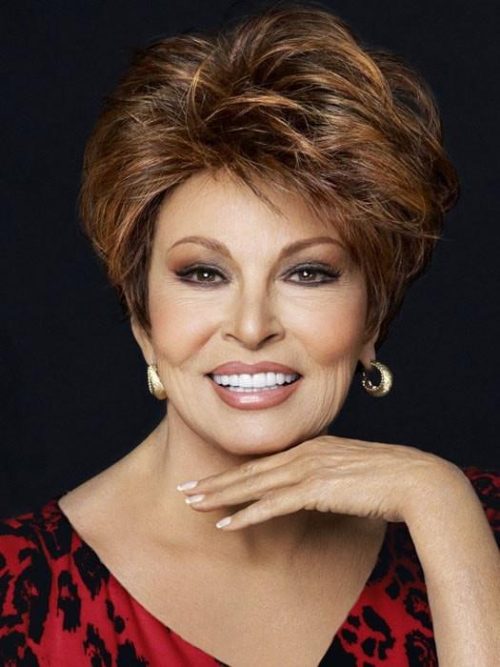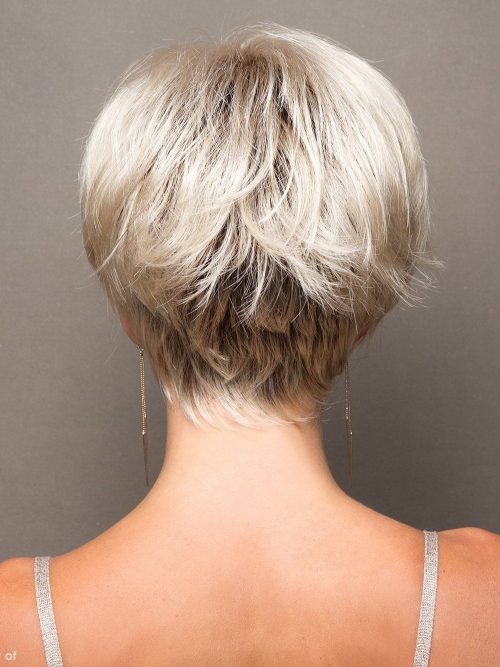The tradition of lawyers wearing wigs traces back to 17th-century England. During that era, both King Charles II of England and King Louis XIV of France suffered from syphilis-induced baldness, prompting them to wear wigs to conceal their condition. This practice soon gained popularity among the British aristocracy and upper class. In the legal sphere, to prevent political biases from affecting judicial decisions, judges and lawyers were mandated to wear wigs uniformly, eliminating prejudices arising from differing hairstyles.

Over time, wigs gradually became symbolic in courtrooms. They represented formality and solemnity, while also symbolizing the supremacy of law and the impartiality of judges and lawyers. This practice effectively separated personal emotions of judges and lawyers from courtroom proceedings, enhancing the ceremonial and dignified atmosphere of the court. In regions like Hong Kong, once a British colony, this tradition has been preserved.
However, with the passage of time, this tradition has begun to evolve in some regions. For instance, since 2008, Hong Kong has abolished the mandatory requirement for barristers to wear wigs in court, signaling the gradual disappearance of this centuries-old tradition.
The material and craftsmanship of wigs also hold significance. Most wigs are made from white horsehair, which gradually yellows over time, emitting a luster symbolizing experience and wisdom. A standard judge’s wig may fetch over $3,000, while shorter wigs worn by lawyers may cost upwards of $500.
Apart from the UK and its former colonies, some other countries and regions have similar wig-wearing traditions. For example, in the Netherlands, judges and lawyers also wear wigs in court. In Canada, although most provinces have abolished this tradition, judges and lawyers in some superior courts still wear wigs.
Despite this tradition beginning to fade in certain regions, in others, it continues to be regarded as an important symbol and ritual. It represents the dignity and fairness of the law, as well as the professionalism and experience of judges and lawyers. Hence, whether in the UK or elsewhere, this tradition still holds significant meaning.
Besides lawyers and judges, some other professions also have a tradition of wearing wigs. For instance, in certain traditional Japanese dramas, actors wear wigs to portray different characters. In some religious ceremonies, priests and clergy members also wear wigs to signify their status and position.
In conclusion, the tradition of lawyers wearing wigs carries a long history and rich cultural significance. It serves not only as a symbol and ritual but also embodies the dignity and fairness of the law. Though this tradition is fading in some regions, it still holds importance and value.




